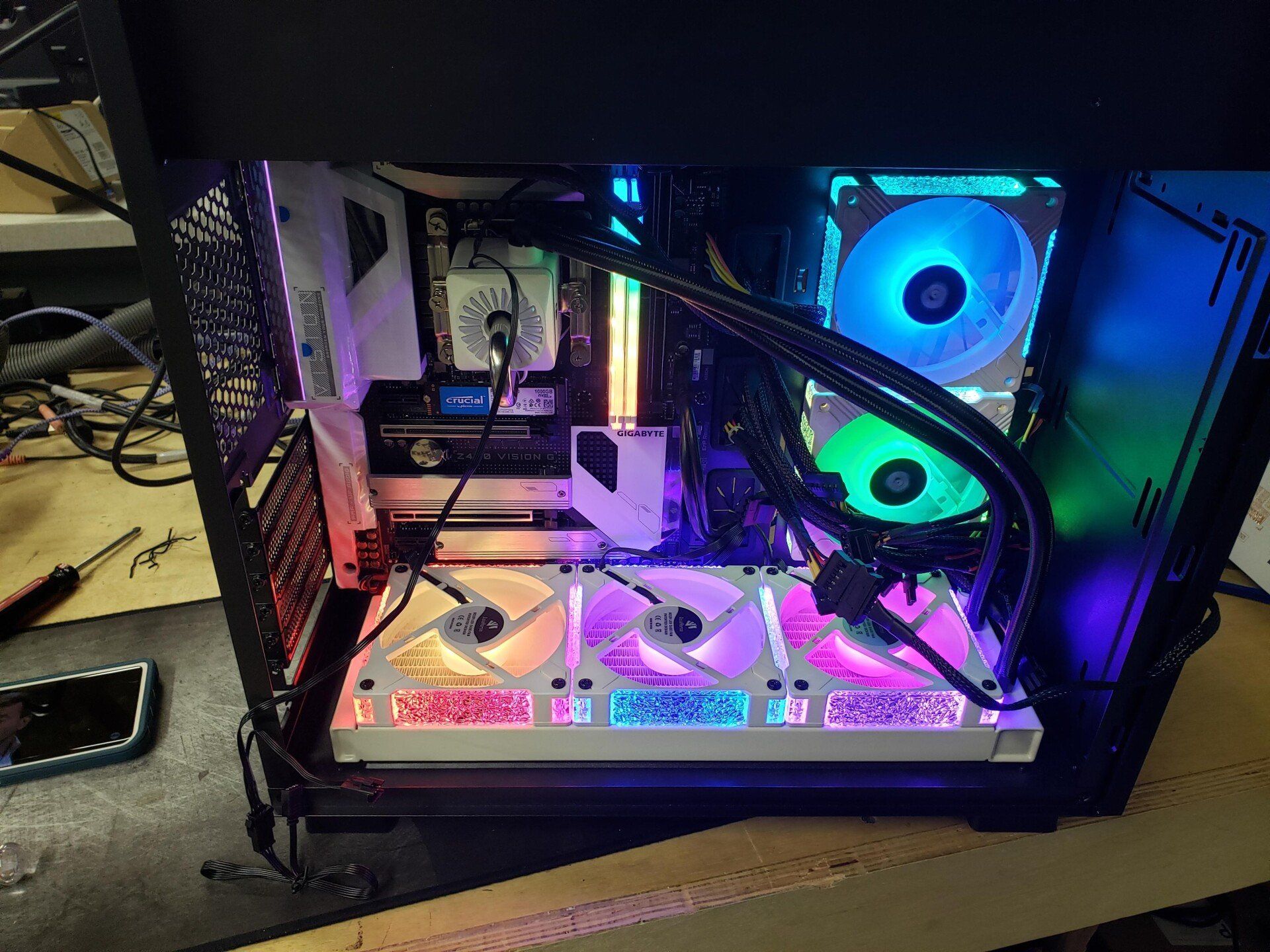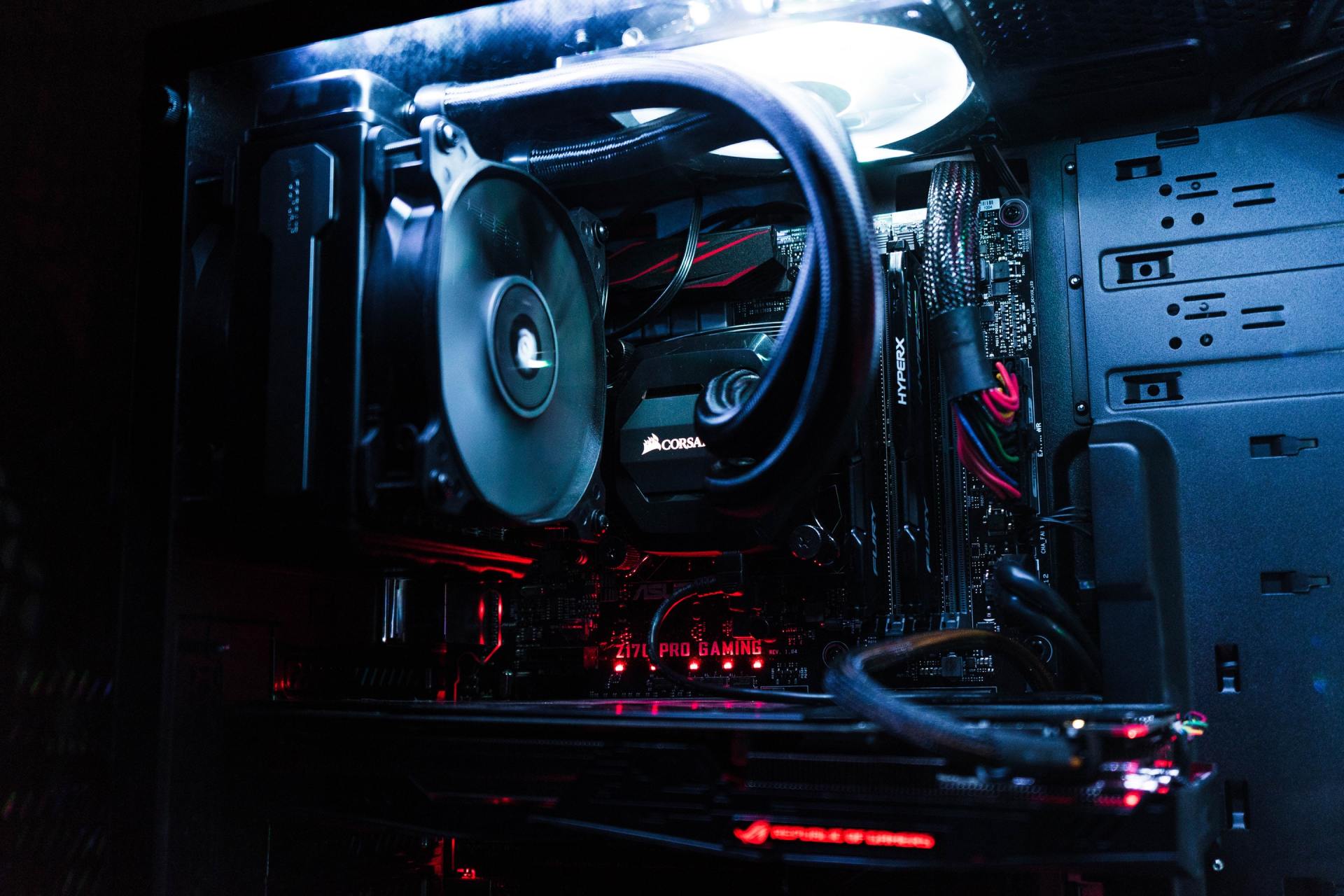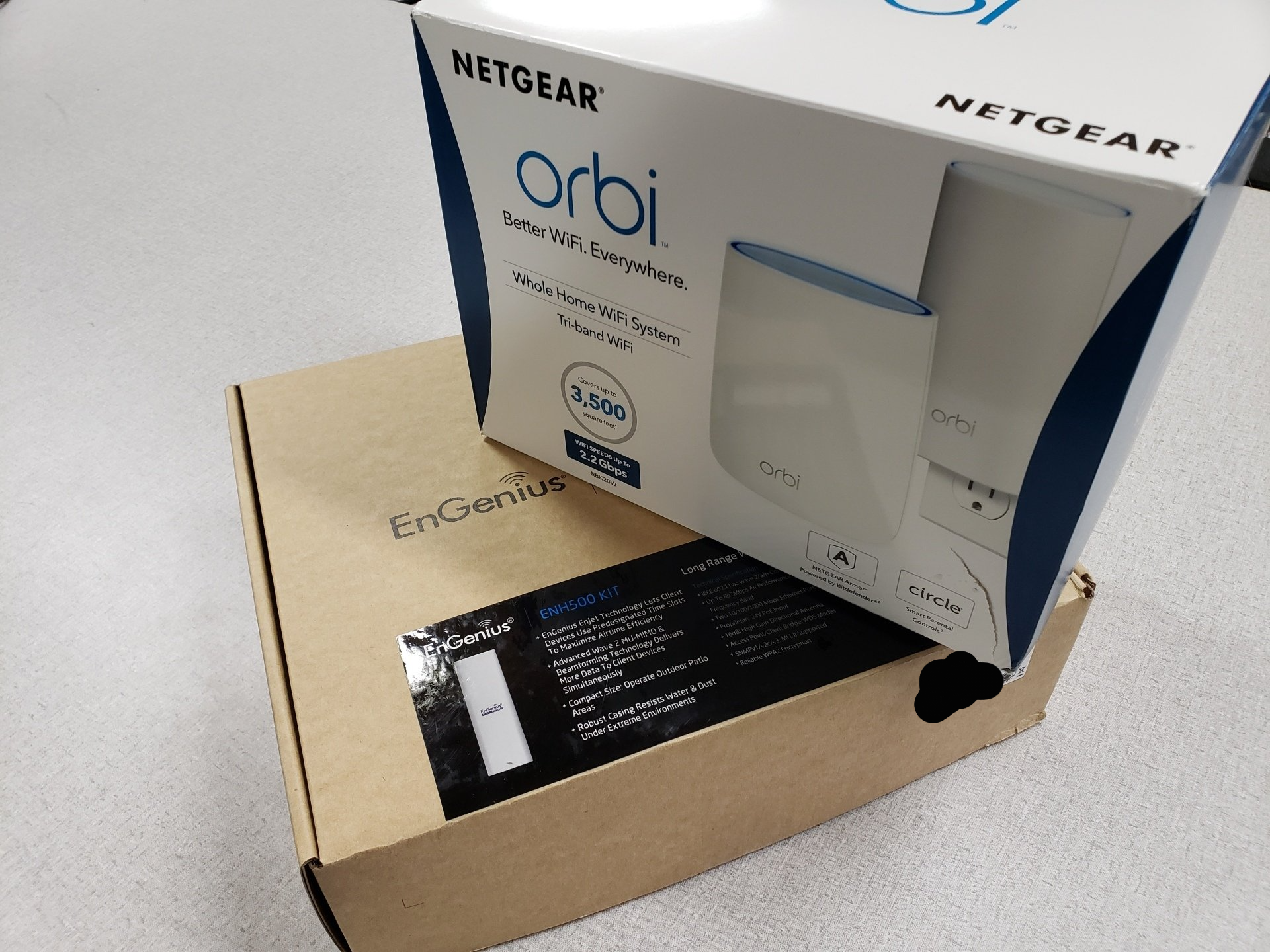Blog Layout
New Technology - CPU Speeds are Numbers from the past
William Thompson • June 26, 2019
Does anyone know what it means when a processor (or "CPU") has a very high L3 cache?
Does anyone know what it means when a processor (or "CPU") has a very high L3 cache?
Let's go back 10 years to Windows XP. Ahhhhhh, what a wonderful delight! It was a great OS that was super-easy to use. It was one of the greatest versions of Windows ever made. Microsoft even went against the grain and provided continued support for XP after the launch of Windows 8 since that OS was such a huge disappointment.
What made XP so great? It was a fluid running system that had failsafe mechanisms built all over the place. At the time, memory (or "RAM") was extremely expensive. Since most systems in businesses and probably over 90% of every house in America had inadequate memory installed, Microsoft had to come up with a solution. Also, conventional hard drives were having a very hard time keeping up with the speeds that computers had achieved by that time.
So, in essence, computers had become so fast that hard disks simply couldn’t read or write quickly enough to be optimal. What did Microsoft have in mind to help mitigate this speed gap? They created what became known as the "swap file". The swap file is a dedicated portion of your hard drive that temporarily holds objects which typically would have been stored in memory. This helped systems to cope with low-memory conditions but caused a huge issue when trying to run a bunch of different programs at the same time. Another major issue with this innovation was increased wear on the hard drive, decreasing its lifespan by almost half. Yes, the swap file was great for a little while, but all good things must come to an end.
So how does all of this relate to the L3 cache? Eventually, manufacturers started developing the next generation of CPUs and Motherboards, and they needed a solution that would have all the system-speeding effects of the swap file without the wear and tear on the hard disk.
Most PC components, including the CPU, RAM, and drives, are all connected to the motherboard, which is basically the backbone of the entire computer. The cache is built into the CPU, and for this new generation of computers, the L3 cache was implemented to replace swap files. This, in my opinion, was the development which truly led to the speed and performance we experience in computers these days.
One great example involves one of my customers, a man who was rendering videos for a production group that had a show on a satellite subscriber network. This customer swore by his MAC (please don’t blame him). Macs are super-fast right out the box, and I haven’t had to really upgrade one yet aside from typical maintenance tasks such as changing out a few (hundred) HDDs. The L3 cache that Intel provided Apple was in the 3 Megabyte range at the time, though it could not be upgraded. Once all of the video editing for the show had been completed, they then had to export the video in a predetermined format. This process usually took about 4 hours, provided the Mac didn’t crash. The straw that broke the camel’s back was a rendering that took almost 12 hours. I got a call from the customer asking for some serious help.
“I need a Mac that can do this a lot faster,” the customer said. “We are ready to do whatever it takes. Apple quoted over nine thousand dollars to build the powerhouse of all rendering.”
I was already familiar with some Intel-based motherboards that could pull off the task, so I did a little research and found a few supported boards and CPUs. The build was extremely fun and went off without a hitch.
The new CPU had built in 15MB L3 Cache.
So, I delivered and setup this monster of a computer. The cost was merely a third of what Apple had quoted with exact matching specs, and we were ready to see what this baby could do. Seconds after the render started, the customer had already begun to show his excitement!
The entire rendering took 4 minutes.
Now that you can see the difference in 3MB L3 cache as opposed to 15MB L3 cache, try to imagine the benefits of 32MB cache!
The only Intel chips that get even close to this start at $3,000.00 (used) and the only chips you can purchase new are right under $6,000.00.
Now that we have 3D gaming and widespread commercial 3D rendering, and with many construction and production firms relying on 3D technology every day, we can expect to see ridiculous enhances in CPU performance, relegating battery life to afterthought.
I cannot wait to see what manufacturers produce this year, considering that the newest generation of CPUs were just released and there are already talks about the next generation of silicon. Come, let us all take that leap together! -William Thompson
At On-Site Computer, llc, we strive to provide our clients with the most accurate solutions available today. One of our primary tenets is learning from the past and planning for the future. We strive to provide solutions that give value and guarantee adequate performance that helps keep businesses focused on the future.
Share
Tweet
Share
Mail

By William Thompson
•
June 20, 2021
We want to take the time to wish everyone a very Happy Father's Day. Take this time to reach out to your loved ones and tell them how everything is going in life. I like to also take time out of the day to reflect and remember the good times. From our family to your, please have a safe and wonderful Father's Day!

By William Thompson
•
May 11, 2021
Having issues reading emails in your Outlook for Desktop? On-Site Computer can help! Contact us and we can have you up and running in a few minutes. For those that are more tech savvy, here is how we are able to fix many customer's issues: Find the version of Outlook you are currently running. Open Outlook, Click File - Office Account. Look under the "About Outlook" section and you will see the Current Version that is installed. Open this link to find the previous office desktop update or version: https://docs.microsoft.com/en-us/officeupdates/update-history-microsoft365-apps-by-date To install the previous version of Microsoft Desktop, Open your run command (Windows+R) and enter the following command: "C:\Program Files\Common Files\microsoft shared\ClickToRun\OfficeC2RClient.exe" /update user updatetoversion=16.0.13901.20462 Make sure to replace the last 12 numbers with the previous version or version you want to install. After running the command you will see Office is updating. Once Office Update completes, you should be able to open Outlook Desktop normally. We recommend restarting your Computer, but it is not required to test that Outlook Desktop is back to normal. Check us out on Facebook and give us a Follow or a Like if we where able to help you out. If you still have issues feel free to contact us and we would love to help!

By William Thompson
•
March 31, 2021
More and more people are working from home. It has become the new normal. You probably noticed by now that you are running out of desk space and maybe the kitchen table just ain't cuttin' it anymore. A lot of businesses are allowing many of their employees to relocated and work from home. BUT with the move means you need the tools to do your job. By now you realize that you must have a place to put everything. You have your computer, your phone, your printer, and more. You may even have to sacrifice a few things. You don't need to run out and buy that expensive new desk, or fight building any swedish furniture. On-Site Computer has hundreds of solutions to help clean up the mess of cables and help you gain back your desk space. You may even be able to keep your lava lamp from college. One of the best solutions to start with is a m onitor mount. They are many very simple and inexpensive options available. Monitor mounts also give you the ability to maybe add an extra monitor or 2 to your workstation. Over the last 12 months, On-Site Computer has installed hundreds of office solutions in homes and businesses. Contact us for a free estimate, and let On-Site Computer get your workstation setup and regain some of that much needed desk space.

By Krystian Kraemer
•
March 30, 2021
As desktops are becoming the main hub for gaming, a great way to standout from the rest is with a custom-built computer. -Speed and performance come to mind when regarding custom built computers. -From upgraded CPU and graphics card to increased RAM and Storage, a custom-built pc will put you ahead of the pack. -Include only the components you want. No more underperforming or unnecessary components in your computer. -Customizations of these builds can vary wildly, they almost have the “If you think it, you can build it” aspect. -RGB and ARGB help bring the build to life. When building a custom pc, never forget about the peripherals. RGB keyboards, headset and mouse options to completely immerse you in the game. To speak with someone regarding a custom build, contact us at (228)-206-5349 (Option 2 for support) and visit us at www.msonsite.com.

By Krystian Kraemer
•
March 8, 2021
As technology advances, this often means an increase of cords and power cables. It is important to know how to manage these and stay ahead of the curve. The great thing about cable management is that it is not just for computers, Network components. TV's, Video Game systems, even offices can benefit form this great organizational tool. Some of the benefits from cable management include: -Making your desktop or gaming build more pleasing to the eye. -Freeing up needed workspace or office space. -Boost speed and efficiency by keeping organized. -Limit injury risks from tripping over exposed wires and cables on floor. -Keeping your devices close without the mess. -Making repairs and replacements no sweat when cable bundles are accurately managed. Do not hesitate to give us a call at (228)-206-5349 Option (2 for support) and visit us online at www.msonsite.com for more information on how we can help you stay on track.
At OnSite LLC we are stocked with Notebooks, Laptops, 2-in1s, Desktop, Networking Equipment, Parts, and more.
We have new, refurbished, and used products, all available to ship from our warehouse now.
Other Accepted Payment Methods: Cash, Checks, and ACH






